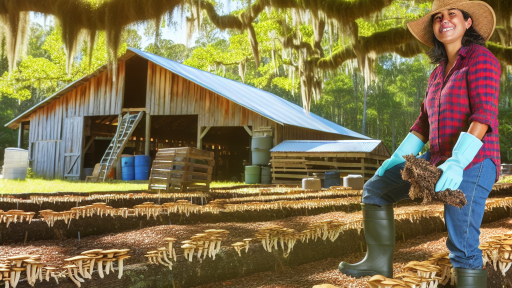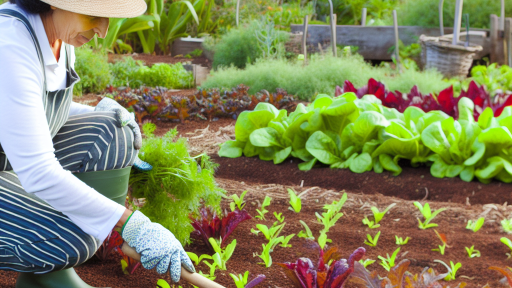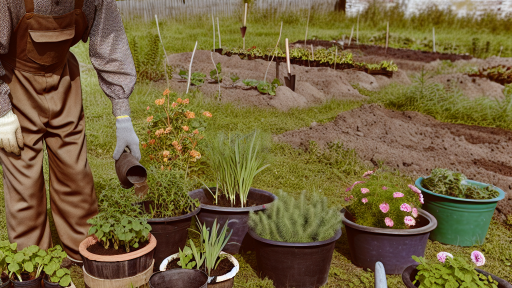Understanding Organic Farming: Principles and Benefits
Core Principles of Organic Farming
Organic farming emphasizes the use of natural processes and materials.
This method promotes crop rotation, cover cropping, and composting.
It encourages biodiversity and the health of the farm ecosystem.
Farmers avoid synthetic fertilizers and pesticides to maintain soil fertility.
In addition, organic farming prioritizes animal welfare and ethical practices.
Benefits of Organic Farming
Organic farming offers numerous benefits for the environment and health.
One significant advantage is enhanced soil quality.
Organic practices improve soil structure and increase nutrients.
This leads to better water retention and reduced erosion.
Furthermore, organic farming supports a decrease in pollution levels.
Health Advantages for Consumers
Organic produce often contains fewer chemical residues.
This results in safer food options for consumers.





